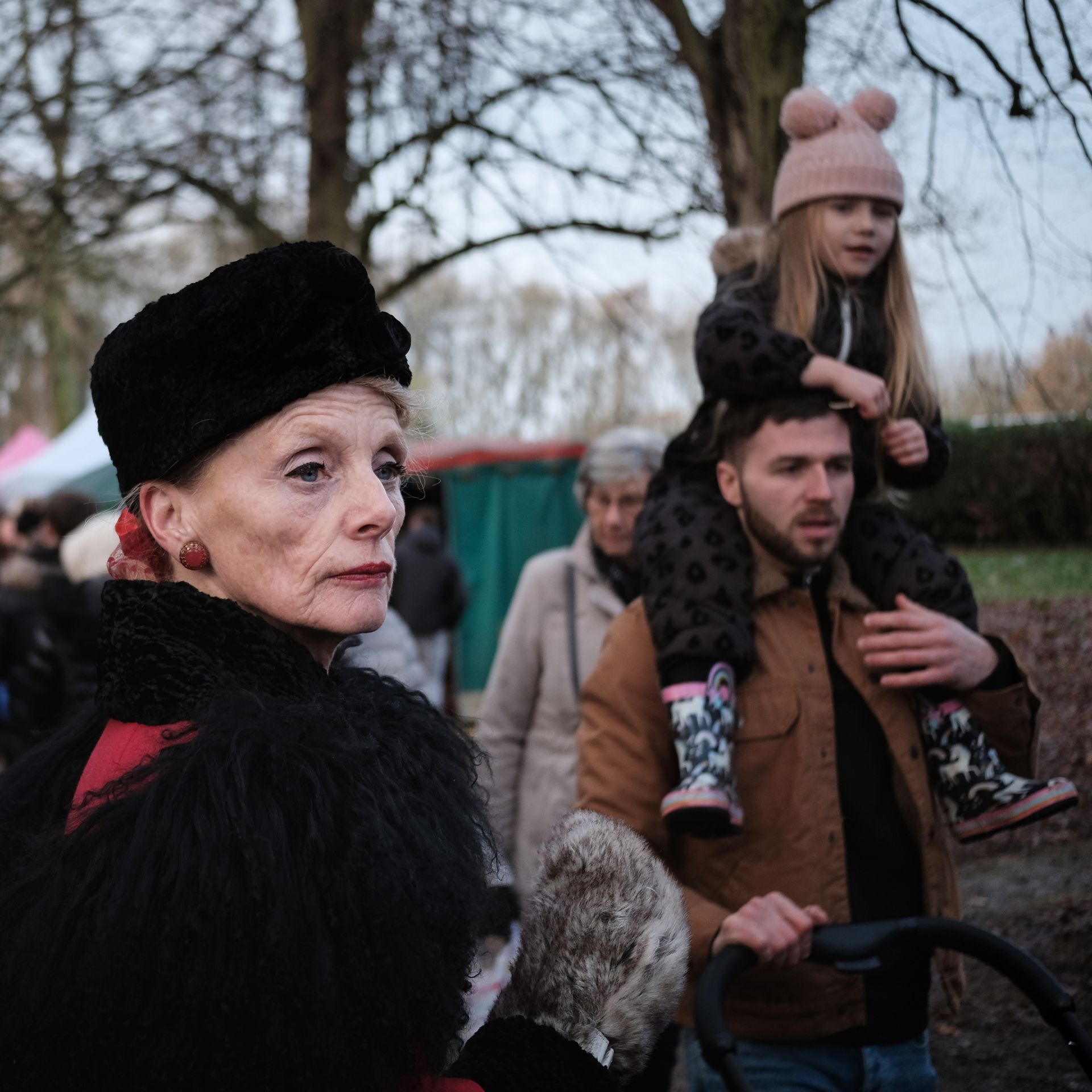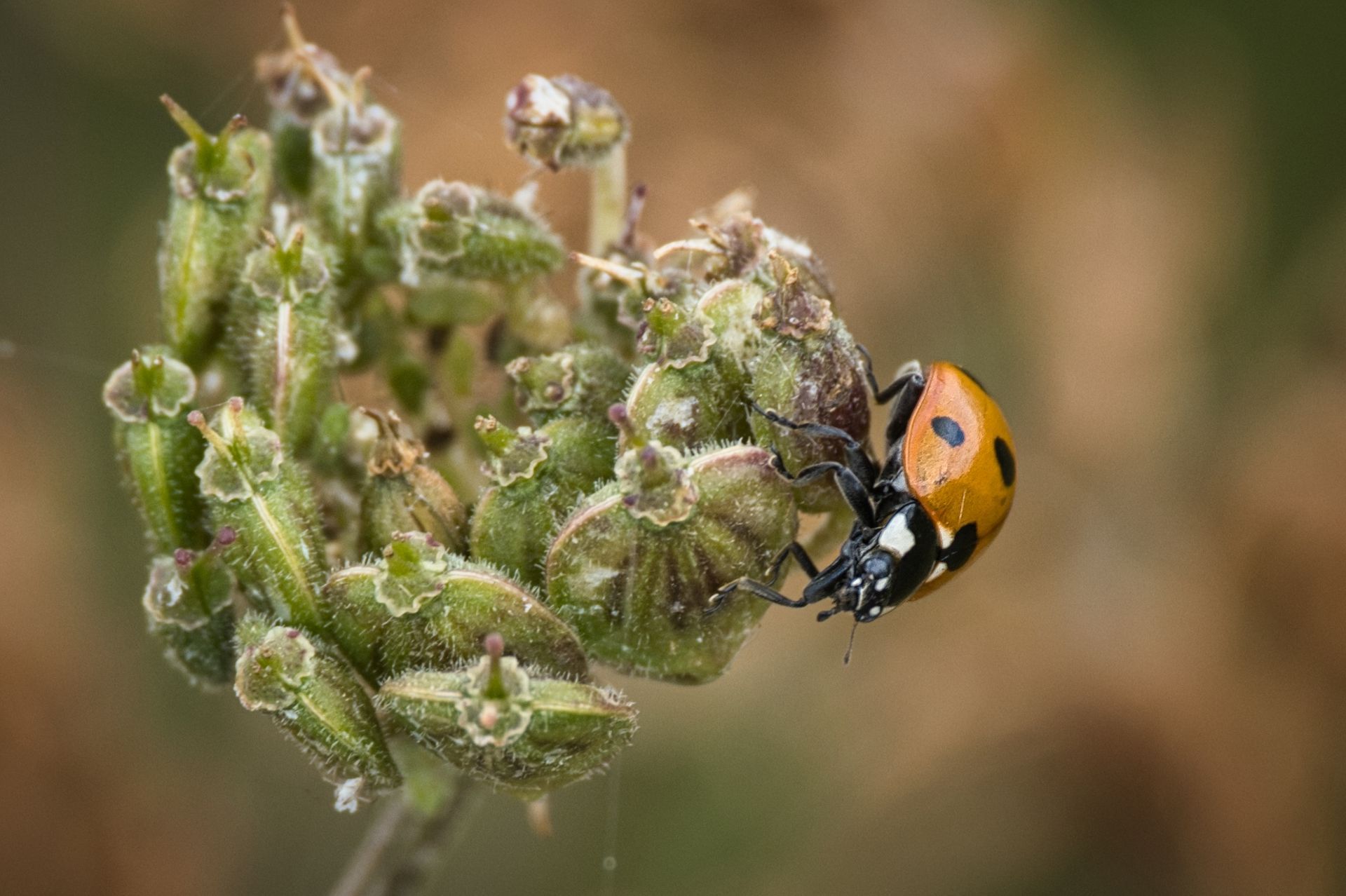It's Been A Year Now ...
Derek Smith • 4 January 2023
It has been just over a year now when I sold all my Olympus cameras, and lenses, and bought into the Fuji camera system with the purchase of a second-hand Fuji X-T3, and a second-hand lens the XF 35mm f/2 Fujinon, both delivered on Christmas Eve 2021. Adapting from the Olympus system has taken a while, getting used to the controls, and the colours has been a bit of a learning curve, but I am very pleased to have made the switch of camera systems.
Both of my Fuji cameras are X Mount APS-C mirrorless cameras, and the lenses are interchangeable between them. I like to think of my lenses as “tools” to achieve a particular result, each of my lenses has a focal length, or characteristic to capture a scene.
Fuji X-T3 – This is my principal camera, always feeling great in my hand, it is my workhorse, I have got used to the 26 MP APS-C X Trans sensor now, although it was quite a learning curve in the beginning. The analogue dials on the camera make for a great user experience, before turning the camera on I can set the ISO, shutter speed, and aperture. The Manual, Single, or Continuous focus can also be selected via the front switch. As an example, during a recent photo shoot in a studio, equipped with studio flash soft boxes, I was able to set the ISO 160, aperture f/8, and 1/125 shutter before even switching the camera on. It was then a matter of adjusting the power on the flash units to obtain the correct exposure. The camera handles well, is water resistant, and dustproof. The features that I particularly wanted, that the Olympus didn’t have, was the focus point joystick, and the UHS II dual SD cards. Not especially worried about SD card failure, but it helps my image editing workflow to have the cards set to record .jpeg on one, and RAW on the other. The “D” pad on the rear of the camera, and the various buttons are all configurable.
Fujinon XF 16-80mm f/4 lens – This stabilised lens is nearly always mounted on my Fuji X-T3, it’s an extremely good camera / lens combination. With the lens having a versatile full frame equivalent of 24-120mm, and a constant f/4 aperture throughout the zoom range, the lens performs well, focuses close to a subject, and produces high quality images in all weathers.
Fujinon XF 70-300mm f/4 – 5.6 lens – My telephoto zoom, stabilised, with an impressive performance, producing near macro close focus images. The lens compliments the 16-80mm zoom, making an ideal “twin lens” kit with the Fuji X-T3, coping with most scenarios including landscapes, and wildlife, the lens is also weather resistant and dust proof.
Fuji X-T20 – My “backup” camera, with a 24MP APS-C sensor, so much of an improvement ergonomically over the Sony A6300 I previously owned. Using this in combination with the Fuji X-T3 / XF 16-80mm zoom lens, and a prime lens mounted on the Fuji X-T20 to avoid lens changes. On recent outings this arrangement has served me well, using a wide-angle lens mounted on the X-T20, and the zoom lens on the X-T3. The Fuji X-T20 is also a great travel camera, being physically smaller, and lighter than the Fuji X-T3, with a useful “pop-up” flash. Because the Fuji X-T20 has only a single SD card slot, I usually take images in .jpeg format, with auto ISO selected as it lacks a dedicated ISO dial. All the buttons, and dials are configurable, so I have the AF-L button set to turn on the WiFi for image transfer, and the AEL button set to control the ISO, the “D” pad is configured the same as on the X-T3 camera for ease of switching between the cameras.
Fujinon XF 18-55mm f/2.8-4 lens – It may seem strange to have two 24 – 70mm full frame equivalent zoom lenses, but this is smaller, and lighter than the XF 16-80. This is the Fuji “kit” lens, but has far better resolution, and brighter aperture than most comparable “kit” lenses supplied by other camera manufacturers. The lens is stabilised and makes an excellent pairing with the Fuji X-T20.
Fujinon XF 50mm f/2 – In my opinion nothing beats a good prime lens, I enjoy my portraiture, and this lens is one of the best I’ve ever used. The lens is an unusual focal length, at about 75mm full frame equivalent, but I find this to be an ideal focal length especially for indoor, or studio shoots, I normally use this lens wide open at f/2 for natural light photoshoots. The lens is tiny, lightweight, and weatherproof.
Fujinon XF 35mm f/2 – Possibly my least used lens, nothing wrong with the lens, it’s a gem of a lens, tiny, lightweight, and weatherproof. Most of the photography experts recommend a “nifty fifty” 50mm focal length, and this 35mm is a full frame 50mm equivalent, and was the first Fuji lens I bought. I just don’t find that the 50mm focal length suits my photography, I had a 25mm (50mm equivalent) Olympus lens, but preferred either the Olympus pancake 17mm f/1.8 (34mm equivalent), or the Olympus 45mm f/1.8 lens (90mm equivalent).
TT Artisans 27mm AF f/2.8 – My newest purchase, an "autofocus" third-party lens, I needed a small “pancake” lens to make the Fuji X-T20 a truly “pocketable” camera. I have been delighted with the size, and performance of this lens, it’s not the sharpest lens I own, but at just £160 brand new I have no complaints. The focal length is just right at a 40mm full frame equivalent, and I’ve been able to use this for street photography. For travel as part of a lightweight system, I will have the Fuji X-T20, the XF 18-55mm zoom, and this the TT Artisans 27mm lens. I used the Fuji X-T20, and the 27mm lens, shot wide open at f/2.8, at the Buffet & Quiz night, obtaining some interesting “impromptu” shots of members, the images were very pleasing, taken in only the room lighting, the auto ISO of 3200 still produced a quality image, and that for me is a real testament of the Fuji camera system.
Samyang 12mm AF f/2 – I deliberated between buying the Fuji 10-24mm zoom wide-angle lens, or a wide-angle prime lens. I had a manual version of this lens with my Sony APS-C camera and was impressed with the image quality, just never used it much. I’m well pleased with this lens, at an 18mm full frame equivalent focal length, I have extensively used this lens for landscape photography, and it has been a real boon for the church photography project.
So that is the summation of my Fuji camera system, I’m very pleased with the image quality, and usability of the cameras, and lenses. Routinely I would select a camera, and lens combination to suit the task. The Fuji X-T3 camera, 16-80mm, and 70-300mm lenses for wildlife. For landscapes the Fuji X-T3, the 16-80mm zoom, the Fuji X-T20 with the Samyang 12mm. Portraiture, must be the Fuji X-T3, the 50mm prime, the 16-80mm zoom, and the Fuji X-T20 with the 35mm prime lens, giving options to suit indoor room sizes, or outdoor locations.
The big advantage of any interchangeable lens camera of course, is being able to tailor the lenses needed to suit the intended genre of photography.
Louth Photographic Society
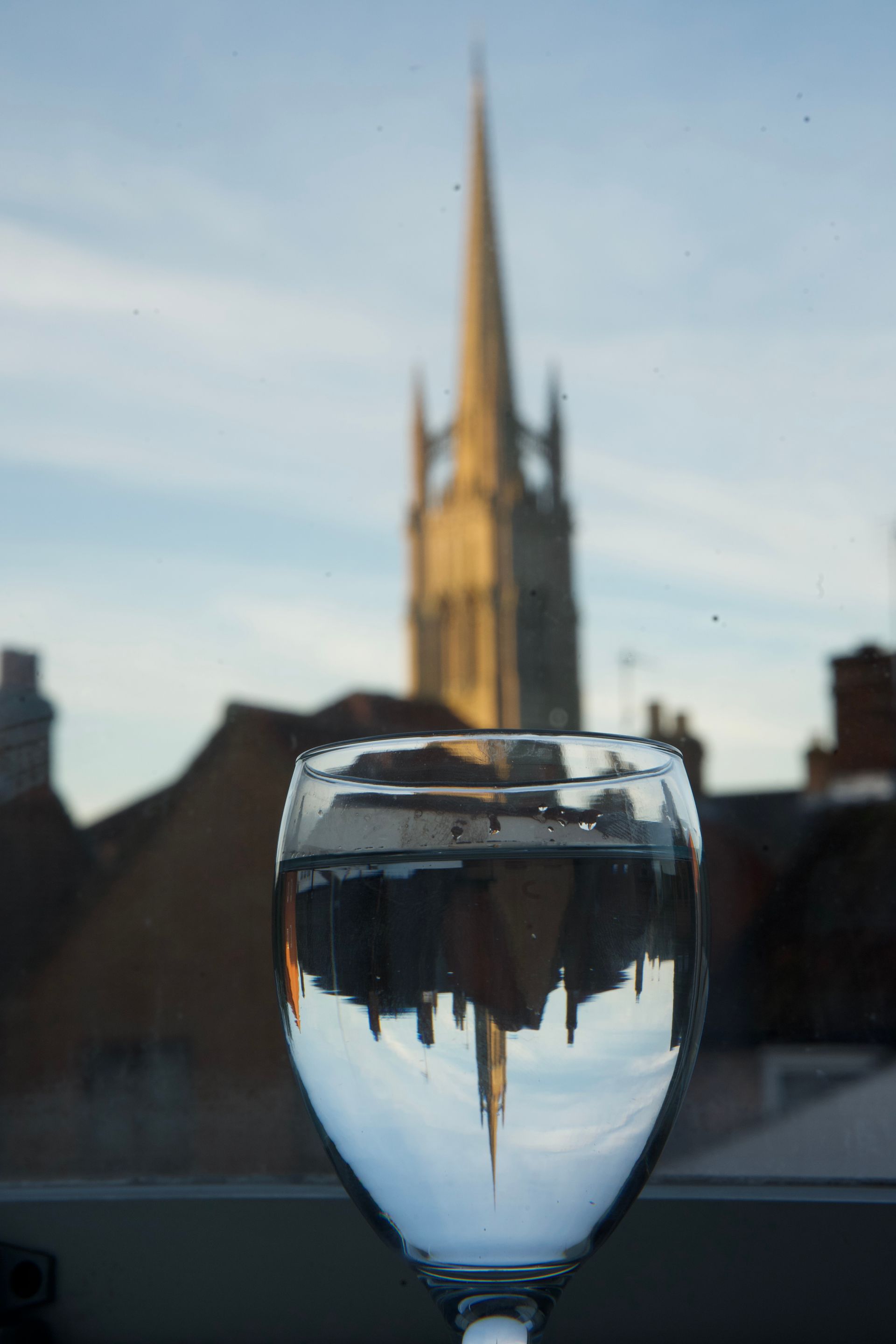
We held a Committee meeting last night in place of a regular meeting. The Committee meets twice a year to discuss items pertinent to effective, and smooth running of our Society. The Society celebrates 70 years of continuous operation next year, and we intend to show an exhibition of photographs taken over those years at the Louth Museum. The LPA Battles print competition will be held next year, and consists of 3 rounds held at photographic clubs throughout Lincolnshire, with a final round held at Nettleham. Louth has been drawn to meet with camera clubs in Grantham, and Axholme, and as you can understand this will entail a far amount of travelling. There is a proposal to the LPA which is currently under consideration which would reduce each club entry to 10 prints and for the whole competition to be held at Nettleham in 2027. Our current annual project is “Prime Time”, that is one photo for each month of the year taken with a fixed focal length lens, a prime lens, my choice for this year has been a 45mm lens, which is a full frame 90mm lens. Members show their annual project photos in the January of the following year. The Committee has decided on the project theme for next year as “Water”, which should give members a chance to demonstrate some creativity, as can be seen from the attached image. Our Christmas social event will be held on the 17th December, a buffet will be provided, there will be a quiz, and a raffle, the door entry charge will be £3 for the evening.

Good Morning All Last week at the club we held our PDI of the year, it was a well-attended event and thanks to Harry's organisation skills it all ran very well. Congratulations go to all the subject winners: Pictorial, Harry Kerman, Record, Dave Evans, Portrait, Derek Smith, Photojournalism, David Evans, Landscape, Dave Turner and Natural History, Graham Harrison. The overall winner was Harry Kerman. Well done Harry a great photograph of a White Cosmos. All the top three in each subject are on our website Competition page. Don't forget if you are entering the December print competition, with the categories of "People" and "Open" send your titles to Dave Turner please. The prints need bringing in a week on Wednesday. This week, Wednesday 26th November, we are holding a committee meeting, committee members only for this one please. For newer members we hold two committee meetings a year to organise events and the smooth running of the club. Regards Graham

Last night we held our PDIOTY (PDI of the Year) competition, our judge for the evening was Jorg Malinowski. These annual competitions are an opportunity for members to showcase their best images from the year, some of course from the monthly competitions, as such the competition entries were of an extremely high standard. Jorg performed an excellent job of judging the entries, and the results are all on the website Competition page. Congratulations to Harry Kerman for gaining the title of PDI of the Year with his White Cosmos image.
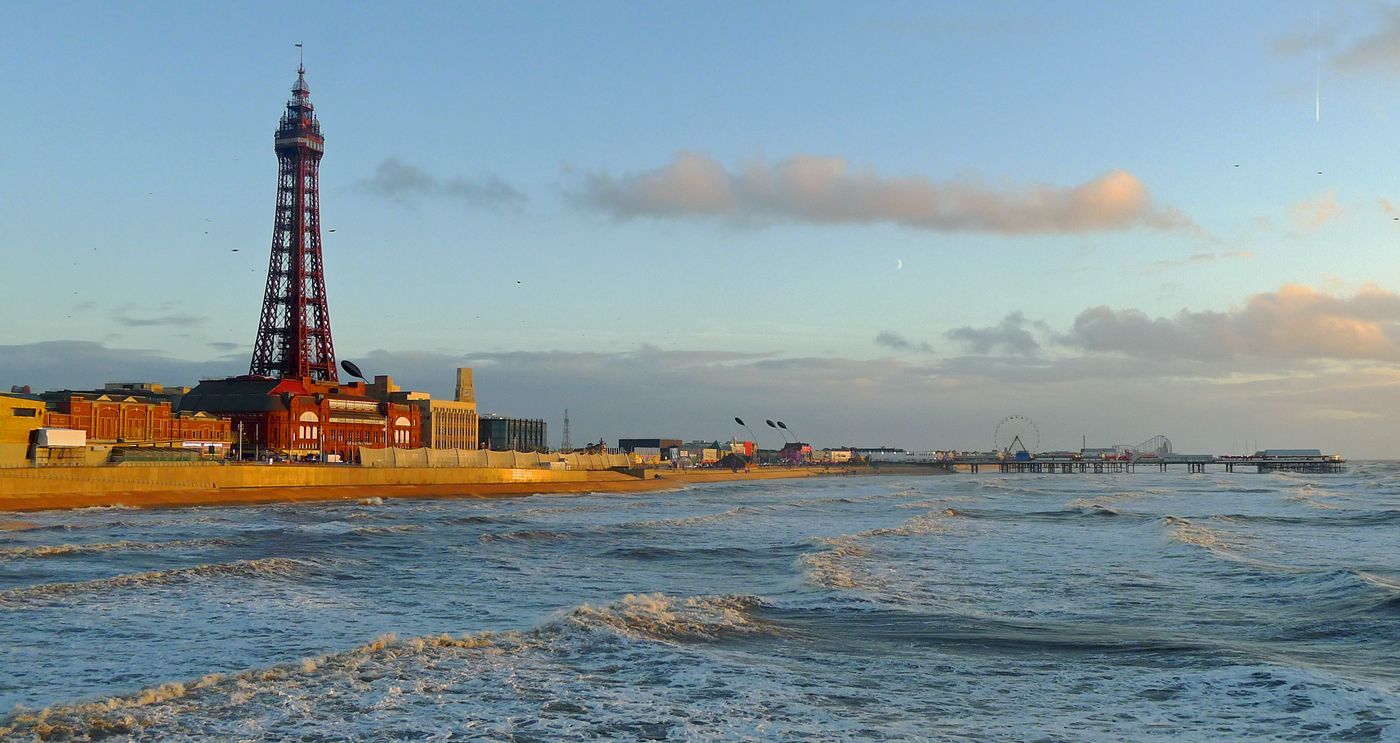
Good Morning All While we were away the other week we did have a walk around Blackpool. I only took my compact camera which I bought in 2011 but it still works ok and takes decent photographs. It is a Panasonic LX5 which fits in a pocket and is useful now and again. Last week we had mini lectures; photographs we had taken on this year's outings. Four members took part with Richard Hildred filling in with wedding photography from forty odd years ago, a very interesting look at how Richard went about photographing weddings, very different from today with far less photographs been taken. The outings did show we managed to photograph insects and birds on our walks around Red Hill and Rimac. I finished the evening with photographs taken in Somerset and Devon in 2020. This week, Wednesday 19th November, we hold our PDIOTY (PDI of the year) to be judged by Jorj Malinowski of Lincoln. It will be an evening of our best photography and we have just over fifty entries. The NEMPF exhibition acceptances have now been decided, well done to Dave Turner who had two accepted and I managed one acceptance myself. The standard for acceptance is very high, we had four members enter twenty nine PDI'S all together and only three acceptances . We had a lot of near misses, the score required was twelve and we had twelve elevens between us. You will see the exhibition at our club next year. Regards Graham

At our meeting last night members gave a series of mini lectures with 3 members showing images from the club outings to Red Hill, and Rimac. The meeting was completed by Richard Hildred showing some of his early slides. One of the principles of our Society is that we feature workshops, and outings into our annual programme, because the best way to learn photography is to work with other photographers to understand aperture, shutter speed, and ISO. In June at the Red Hill nature reserve the idea was to capture some macro images of the local insect life, and the orchids at this location. Laying, or kneeling in the grass to get close to the insects, or flowers, our members would begin to understand depth of field with using different apertures, each photographer will have his own method of achieving optimum exposure, and sharpness. Personally I tend to use aperture priority mode (A or Av on the mode dial), auto focus, and “rock” gently back and forwards to gain the focus on the subject. At Rimac, members had a lot more latitude to photograph some bird-life, or landscapes. These are some sample images from the Red Hill, and Rimac nature reserves.

Good Morning All A few more photographs from Sedbergh. Sedbergh has a tree that stands out, not quite as Sycamore gap was but on top of a hill with Crook Fell behind it. I did walk to the top of Crook Fell, got a bit wet but a dramatic sky. Last week at the club we had an excellent presentation from Mike Bennett LRPS DPAGB EFIAP BPE3* Mike showed us some of his latest photographs and as Derek's blog says, the sharpness and exposure accuracy of Mike's photographs was second to none. There is a full report on our blog. This week, Wednesday 12th November, we are holding a mini lecture night, camera club outings that we went to this year, which was Rimac and Red Hill. We have four members taking part plus Richard Hildred has offered to show us some more older transparencies. The four are Myself, Dave Turner, Chris and Paul Twomey. Don't forget to send your PDI of the year entries to Harry by midnight Wednesday (12th) Regards Graham
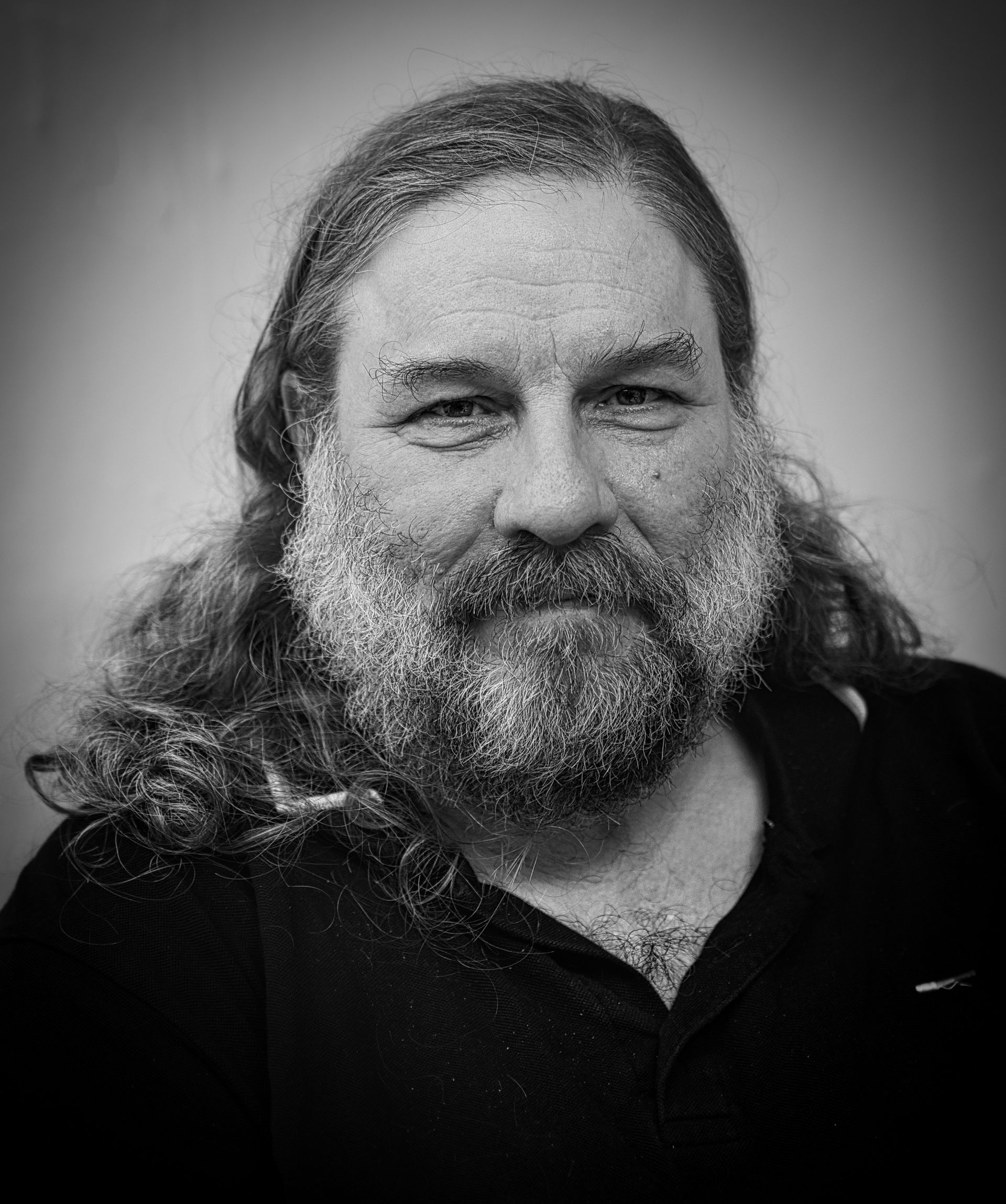
Our speaker last night was the highly talented Mike Bennett, he presented the club with some amazing photographs. For the first half of the presentation he showed many portraits, with the backgrounds skilfully changed, and several composited images. Included in this first half were many travel photos from Serbia, many of the buildings showing the scars of the civil war, photos from Budapest, and Austria. His wildlife photos of pelicans taken at Lake Kerkini in northern Greece were amazing, even though the weather wasn’t all that favourable, and that completed the first half of the evening. After the break, Mike showed us his wildlife photos from the game reserve in Eswatini, (bordering South Africa). The bird photos were very sharp, many of the species such as the Rollers, Vultures, and Ibis are only to be seen in Africa, Mike explained the four “F’s” of bird photography, Flying, Fighting, Feeding, and … yes you’ve guessed it being Friendly. Various other animals were shown, lions, crocodiles, rhino, elephants impala, and warthogs. It was interesting to see the extreme close-up photographs of the rhino, and elephants, as Mike explained those animals are big grey lumps, and sometimes a more interesting photo can be an extreme close-up detailing the skin texture. Mike related how their safari vehicle became held up by a herd of elephants on the track ahead, then a big bull elephant passed behind the vehicle close enough to touch, but of course the group of photographers had to sit absolutely still, until the herd of elephants passed. I was most struck by the photos of the cheetahs, with the photographers walking amongst them!! my favourite from this set was of the cheetah walking up the track pictured on a rise against the sky. The editing, sharpness, and colours from Mike’s photographs was very impressive, it was an extremely good presentation, many thanks Mike.
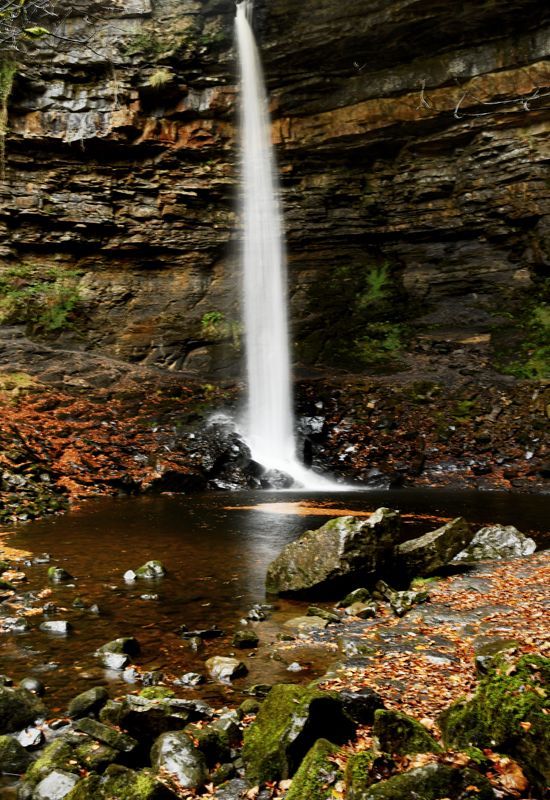
Good Morning All We have just got back from a week staying at Sedbergh, Cumbria. We had varied weather but not too much rain and some really good light for taking photographs. There is no shortage of water up there the rivers and waterfalls are flowing well. Last week at the club Harry Kerman gave a talk on one of his favourite subjects, flowers. I was not there but going by the blog Harry demonstrated how he goes about taking his photographs with some stunning photographs to show what can be done. This week, Wednesday 5th November, Mike Bennett from Cleethorpes will be our speaker, Mike likes to tell a story with his photographs and seeing some of his talks before it will be an excellent evening. Today, (Sunday) it is the LPA PDI club competition at Nettleham village hall near Lincoln. 1.30 pm for 2pm start. If you have nothing on this afternoon why not go along and see how we get on. The week after (12th November) we hold a series of mini lectures, with this year's club outings as the topic. If you would like to take part, email me please and I will see how many members want to take part. Harry is also taking entries for this year's PDI of the year, all the rules are on our website but any image that has not been in a PDI of the year before and there are six subjects with a maximum of six photographs in all. Closing date is 12th November. Regards Graham
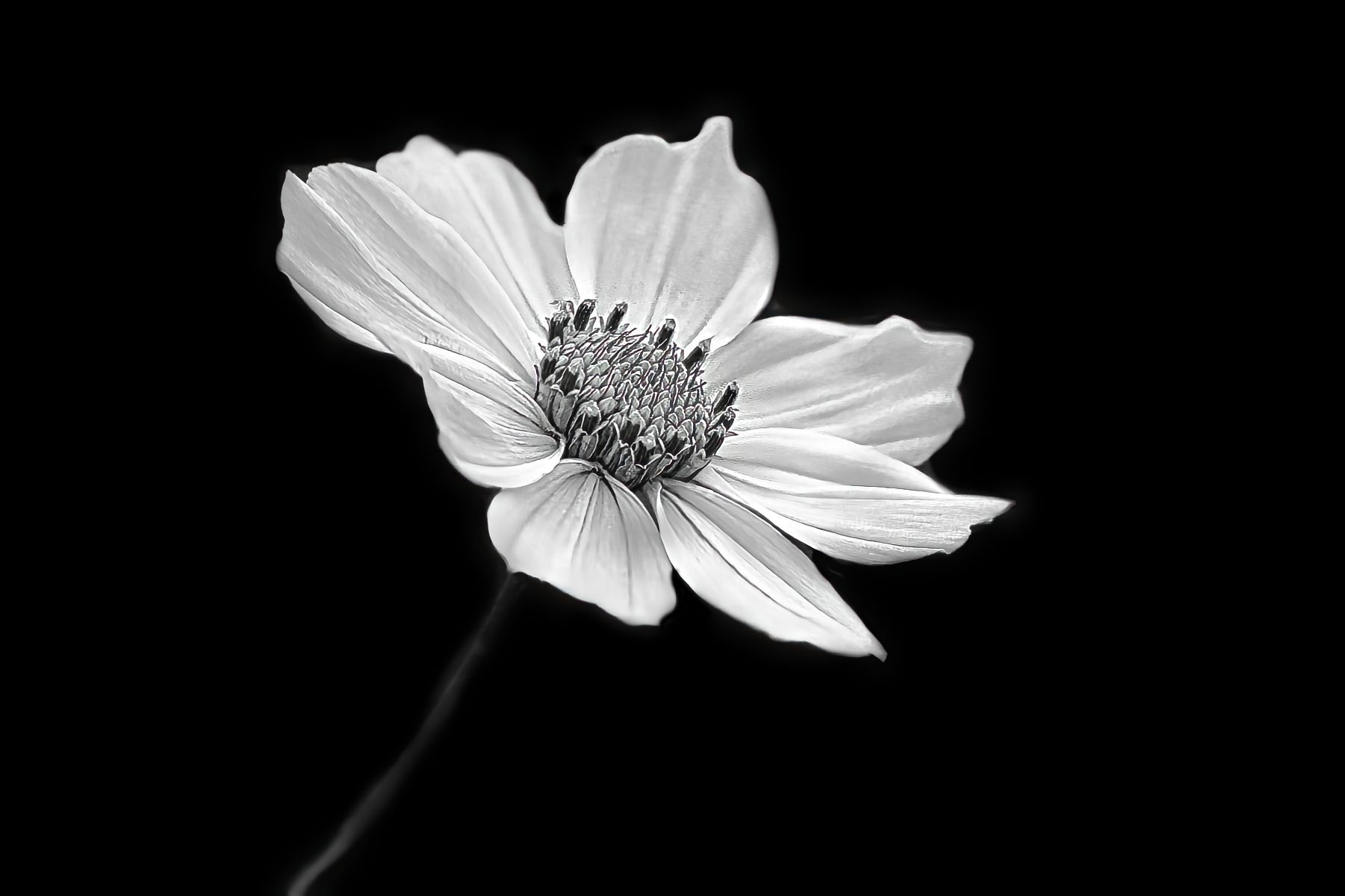
At our meeting last night one of our members, Harry Kerman gave a talk on one of his favourite genres, flower photography. Harry's talk was accompanied by a slick, professional standard power point presentation, he also had his camera a Canon R6 II, a Sigma 105mm macro lens, a Lens Baby 56mm manual focus lens, and the standard 24-70mm zoom. Harry demonstrated his use of the equipment, which included backgrounds, a plamp to hold flowers in place, and a light box. After the break Harry presented some of his images, projected onto the screen, not all the images were "perfect" he wanted to show some of his mistakes so that we could learn from them, he also welcomed feedback from members, all of the flower images he showed were stunning, and you can see some of them on this post. It was an inspiring evening, providing many techniques, and creative ideas for members to emulate. Harry's passion for flower photography shone through during the whole talk, his clear narration, power point presentation, demonstrations, and images completed a very successful night. Thank you Harry for a fascinating evening, and to Richard Hildred for the refreshments during the break.

Good morning, All Last week at the club we held a retro night, with four members showing pre year 2000 transparencies. It turned out to be a really interesting evening, I didn't know Richard Hildred had started out at an early age photographing trains, it turned out himself and member Chris Birchmore were travelling on the Flying Scotsman in 1967 at the same time. There is a full report on the evening on our blog. This week, Wednesday 29th October, Harry Kerman, one of our members will be showing some of his projected images, and talking about his interest in flower photography. Don't forget Harry is now taking entries for our PDIOTY (Projected Digital Image Of The Year) competition. (closing date 12th November) Regards Graham

